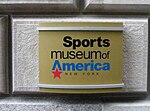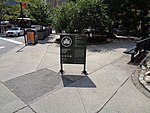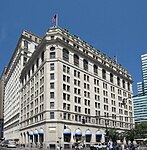United Israel Appeal

United Israel Appeal (UIA), a subsidiary of The Jewish Federations of North America (JFNA), is a link between the American Jewish community and the people of Israel. An independent legal entity with 501(c)(3) charity status, and a Board of Directors, United Israel Appeal is responsible for the allocation and oversight of funds raised by United States Jewish federation campaigns on behalf of Israel for use by its operating agent, the Jewish Agency for Israel. It also secures and monitors U.S. grant funds for the immigration and absorption of Jewish refugees and humanitarian migrants to Israel from countries of distress. Partnered with the Jewish Agency for Israel, United Israel Appeal assists American Jews to fulfill their ongoing collective commitment to contribute to and participate in the upbuilding of the State of Israel. United Israel Appeal has offices in New York City and Jerusalem.
Excerpt from the Wikipedia article United Israel Appeal (License: CC BY-SA 3.0, Authors, Images).United Israel Appeal
Broadway, New York Manhattan
Geographical coordinates (GPS) Address Nearby Places Show on map
Geographical coordinates (GPS)
| Latitude | Longitude |
|---|---|
| N 40.7057809 ° | E -74.0139724 ° |
Address
Cunard Building (Standard & Poors Building)
Broadway 25
10004 New York, Manhattan
New York, United States
Open on Google Maps









